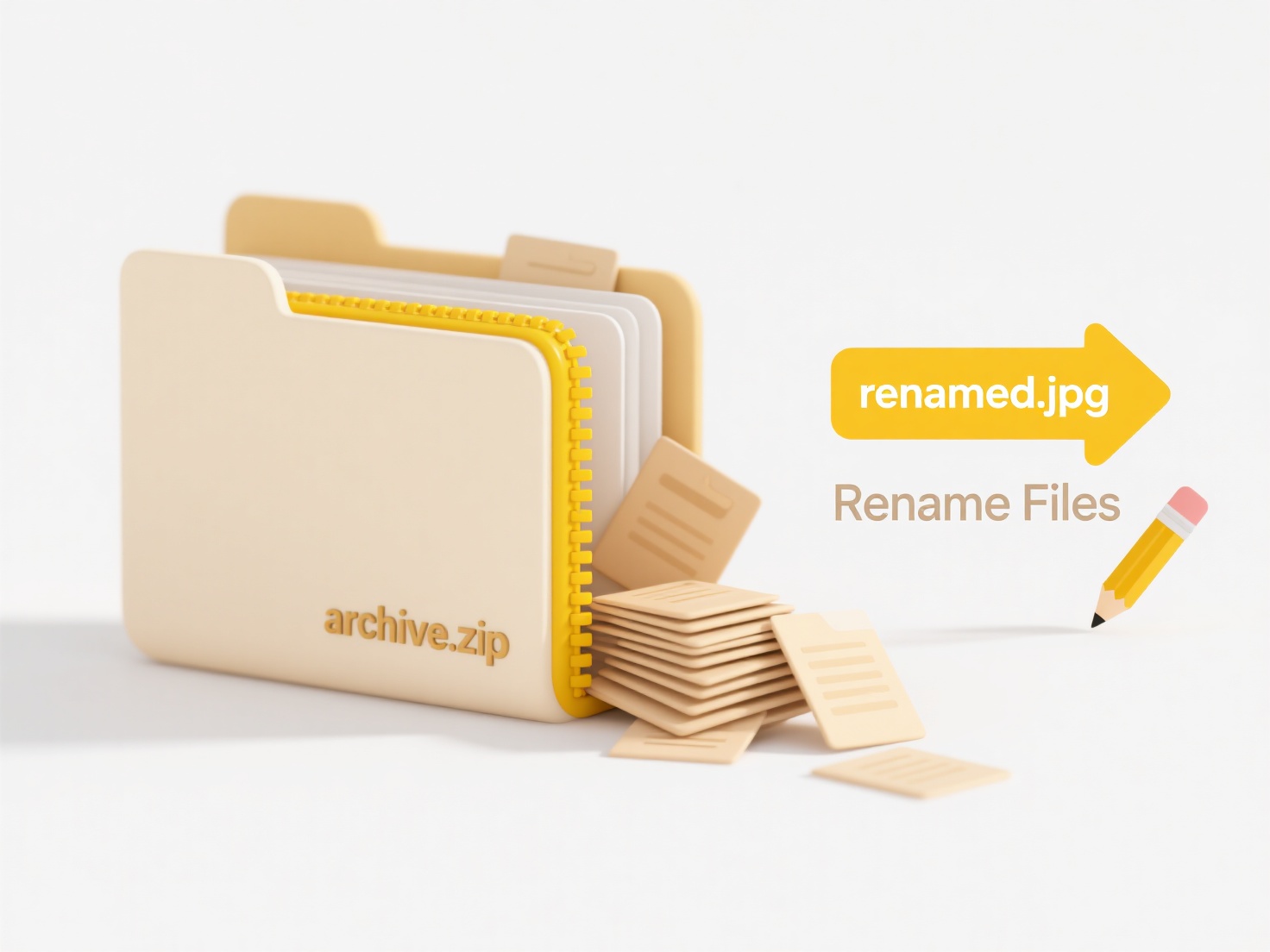
DMG files are Apple's disk image format, designed specifically for macOS. They act like virtual disks, containing files, folders, or entire applications packaged together, often including macOS-specific file system features like permissions and resource forks. Unlike the more universal ISO format (commonly used for CD/DVD images on both macOS and Windows), DMG files rely heavily on macOS underlying architecture for mounting, accessing, and installing their contents. Windows lacks the built-in software components to understand, mount, or extract data from this Apple-specific format.

Primarily used on macOS, DMG files are ubiquitous for software distribution, such as downloading and installing applications like Chrome or Firefox. They are also commonly employed to create bootable installer drives for macOS or to securely transfer complex file bundles. In contrast, Windows typically uses formats like ISO for disk images, MSI or EXE for installers, and ZIP for simple file archives. Attempting to open a .dmg file on Windows directly will result in an error message.
The core limitation is platform incompatibility due to Apple deliberately designing the DMG format around macOS's HFS+ or APFS file systems without providing native support for other operating systems. To access a DMG file's contents on Windows, users require specialized third-party software capable of reading these formats and extracting files (e.g., 7-Zip with plugins, commercial tools like TransMac). While these tools provide a workaround, the inherent complexity and lack of official cross-platform support for disk images can hinder seamless file sharing or create obstacles for users working across macOS and Windows environments.
Why won’t a .dmg file open on Windows?
DMG files are Apple's disk image format, designed specifically for macOS. They act like virtual disks, containing files, folders, or entire applications packaged together, often including macOS-specific file system features like permissions and resource forks. Unlike the more universal ISO format (commonly used for CD/DVD images on both macOS and Windows), DMG files rely heavily on macOS underlying architecture for mounting, accessing, and installing their contents. Windows lacks the built-in software components to understand, mount, or extract data from this Apple-specific format.

Primarily used on macOS, DMG files are ubiquitous for software distribution, such as downloading and installing applications like Chrome or Firefox. They are also commonly employed to create bootable installer drives for macOS or to securely transfer complex file bundles. In contrast, Windows typically uses formats like ISO for disk images, MSI or EXE for installers, and ZIP for simple file archives. Attempting to open a .dmg file on Windows directly will result in an error message.
The core limitation is platform incompatibility due to Apple deliberately designing the DMG format around macOS's HFS+ or APFS file systems without providing native support for other operating systems. To access a DMG file's contents on Windows, users require specialized third-party software capable of reading these formats and extracting files (e.g., 7-Zip with plugins, commercial tools like TransMac). While these tools provide a workaround, the inherent complexity and lack of official cross-platform support for disk images can hinder seamless file sharing or create obstacles for users working across macOS and Windows environments.
Related Recommendations
Quick Article Links
How can I include metadata like author or department in the file name?
File name metadata involves embedding key information like author name or department directly into a filename structure....
What are UNIX file permission codes (e.g., 755)?
UNIX file permission codes, like 755, represent file access rights using a three-digit octal number. Each digit correspo...
How do I export from AutoCAD or Revit?
Exporting data from AutoCAD or Revit involves saving or converting your design files into different formats. AutoCAD exp...